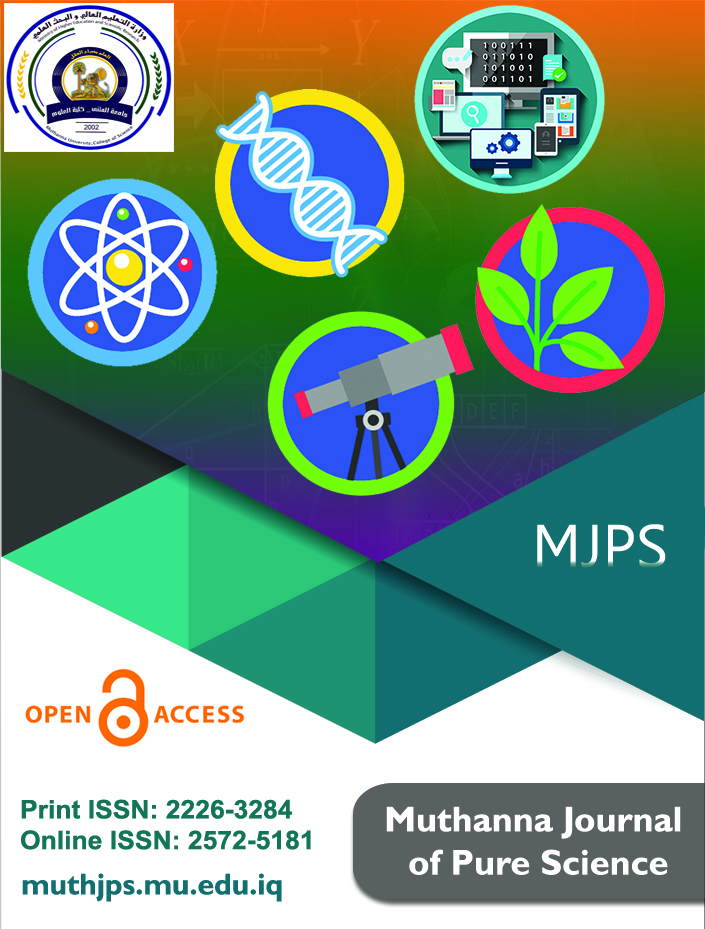Muthanna Journal of Pure Sciences – MJPS
Volume 3 issue 1, 2016
Talib F. Abbas
Dept. of Biology/ Collage of Science/ University of Almuthanna
Abstract
high-resolution computed tomography (CT) and magnetic resonance (MR) imaging
play important roles in the evaluation and classification of seizure patients by virtue of
their ability to identify epileptogenic lesions. CT is one of the most widely used imaging
techniques for evaluating abnormalities of the central nervous system. Its widespread
availability at emergent care facilities, high sensitivity detection of life-threatening
lesions, and rapid scan time have made CT the most widely used imaging study for
screening patients with new onset seizures, patients whose seizure was accompanied by
head trauma, a focal neurological deficit, or persistent alternation in mental status were
also found to be at high risk. A Computed Axial Tomography scan (CAT or CT scan) is
a non-invasive and painless test. CT scans produce cross-sectional images (tomographs)
of areas in the body that will be examined to look for abnormalities (eg. scar tissue,
blood clots or tumours). For epilepsy, this usually involves a scan of the head to look
for possible origins of seizures. In Temporal Lope Epilepsy (TLE), Mesial temporal
sclerosis (MTS) and neuronal migration disorders. Mesial temporal sclerosis is the most
common cause of temporal lobe epilepsy. CT imaging correlates of those histological
changes are hippocampal volume loss and architectural distortion (secondary to
neuronal cell loss), and increased signal on images (due to gliosis). Extrahippocampal
changes, such as atrophy of mammillary body, amygdala, column of the fornix, and
parahippocampal white matter can also be seen with MTS. Mesial TLE was associated
with reductions of N-Acytel Asparta in frontal grey, and white matter, which is
consistent with other data suggesting more widespread involvement. The objective of
this study are to review the roles of conventional CT imaging in patients with epilepsy,
and to discuss its potential role in seizure imaging.
Down load full article/PDF

